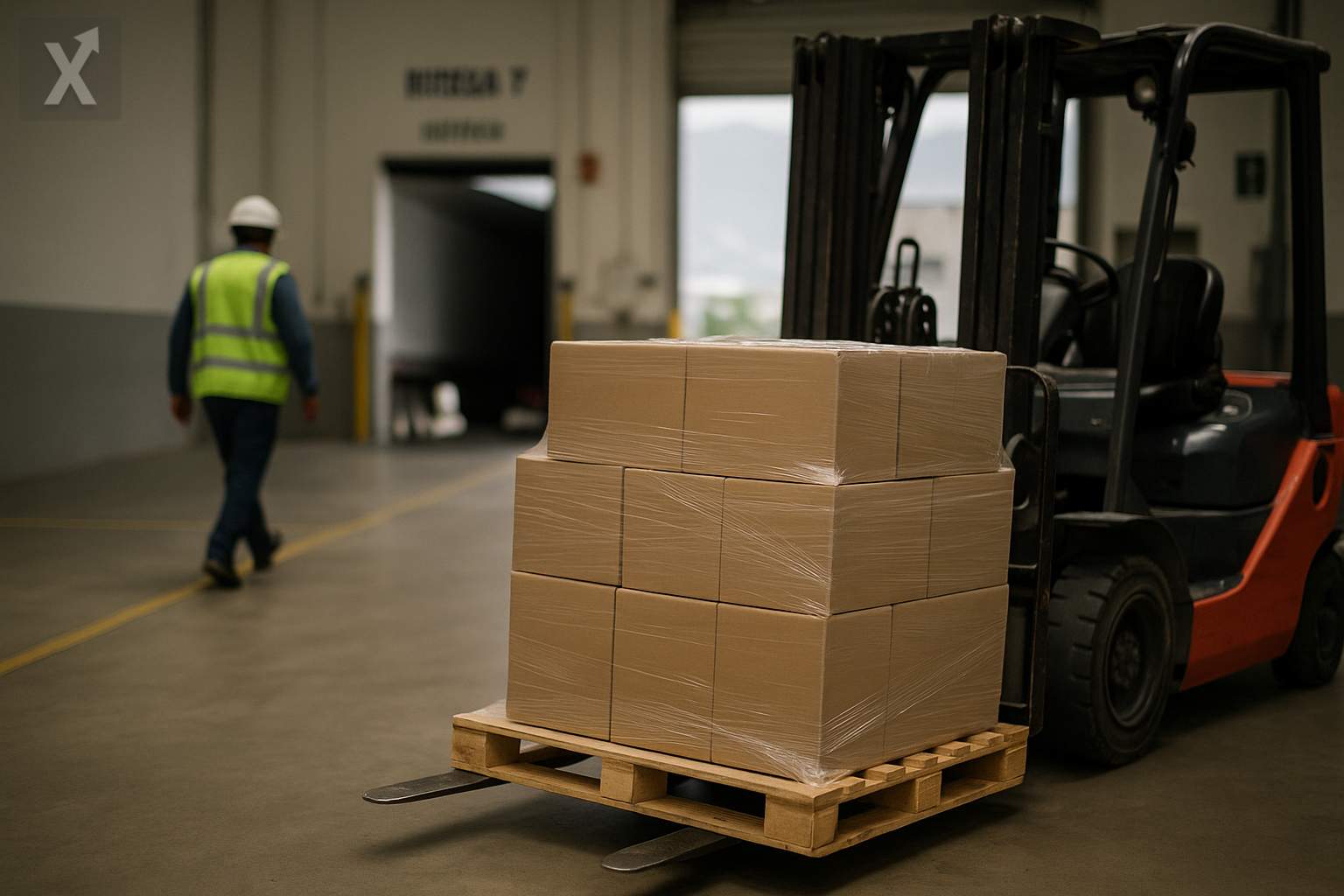Mexico Strengthens Defense Against U.S. Tariffs on Steel and Aluminum, Focuses on Dialogue and Internal Strengthening

The Mexican government has intensified its diplomatic efforts with the United States in response to the recent imposition of tariffs on Mexican steel and aluminum exports. Economy Secretary Marcelo Ebrard led a presentation of several arguments before U.S. authorities, aiming to stop or at least limit the new levies and preserve industrial integration between both countries.
Among Mexico’s key arguments is the fact that the United States currently runs a surplus in bilateral trade of steel and aluminum. Official data shows that American companies sell more of these metals to Mexico than they import, a point Mexican negotiators stress undermines the economic rationale for tariffs, since such measures are traditionally intended to address trade deficits.
Additionally, Mexico highlights the inconsistency in its treatment compared to other trade partners. Washington has granted exemptions to the United Kingdom from similar measures, prompting the Mexican government to call for the same standards and transparency to be applied, thus preventing distortions and grievances within the framework of the United States-Mexico-Canada Agreement (USMCA).
A third point of contention centers on the potential impact at the labor and production levels on both sides of the border. The steel and aluminum industries are part of deeply integrated value chains across North America, meaning the tariffs could negatively affect both Mexican and American workers, leading to inefficiencies and increased costs for regional manufacturing.
While awaiting a response from Washington in the coming days, the Mexican government is also accelerating the so-called “Mexico Plan”—a strategy aimed at strengthening the national economy amid the new international environment. The program includes incentives to increase domestic content in manufactured goods and promote investment, especially in strategic sectors tied to global supply chains.
In currency markets, the Mexican peso has shown strength against the dollar, a factor which, according to federal authorities, reflects market confidence in the national economy. However, they caution that an overly strong currency may reduce export competitiveness—at a time when tariffs are already adding further pressure to Mexican exporters.
Looking ahead, Mexico is committed to dialogue and diplomacy, confident that technical arguments and industrial ties will prevail over protectionist pressures that tend to intensify during the U.S. political cycle. At the same time, the country seeks to bolster its economy through deeper regional integration and the development of domestic capabilities, aware of the increasing volatility and uncertainty in global trade.
In summary, Mexico’s strategy to confront the new U.S. tariffs on steel and aluminum combines diplomatic initiatives with the strengthening of internal industrial policies. The outcome of this situation will be critical for the nation’s manufacturing sector and commercial balance, underscoring the challenges Mexico faces in an increasingly protectionist and competitive international landscape.






